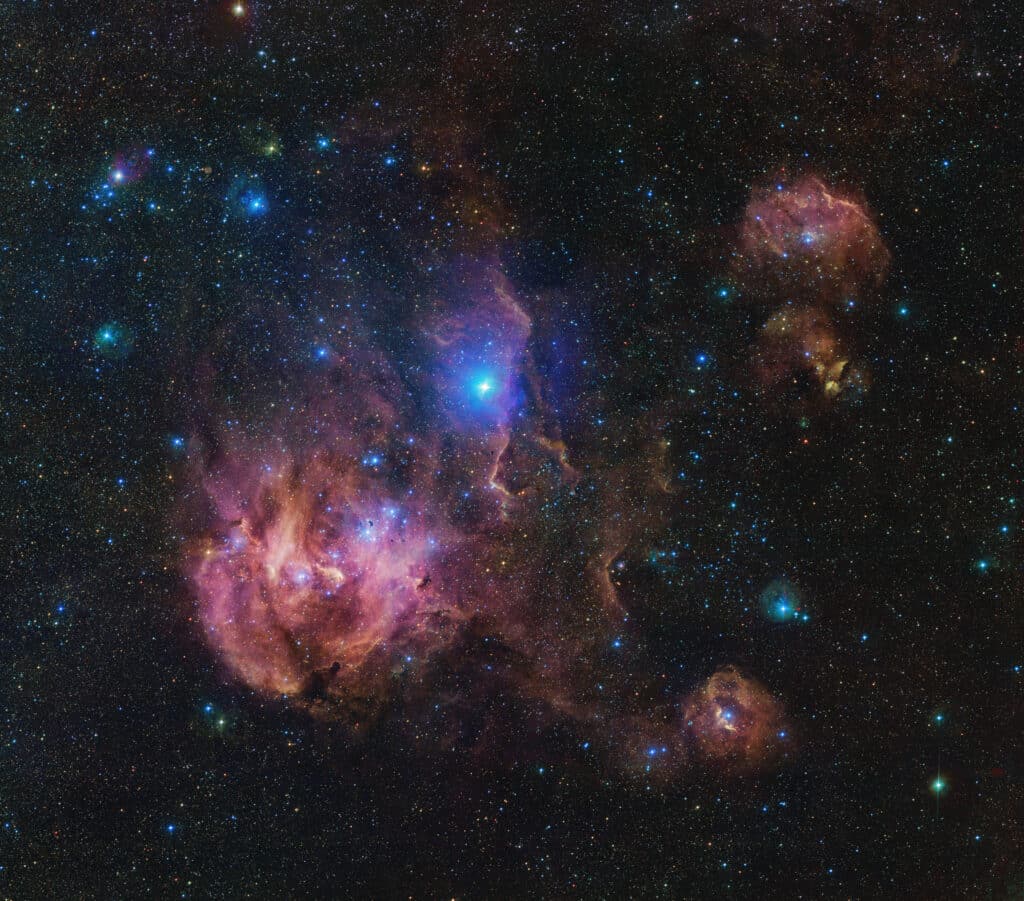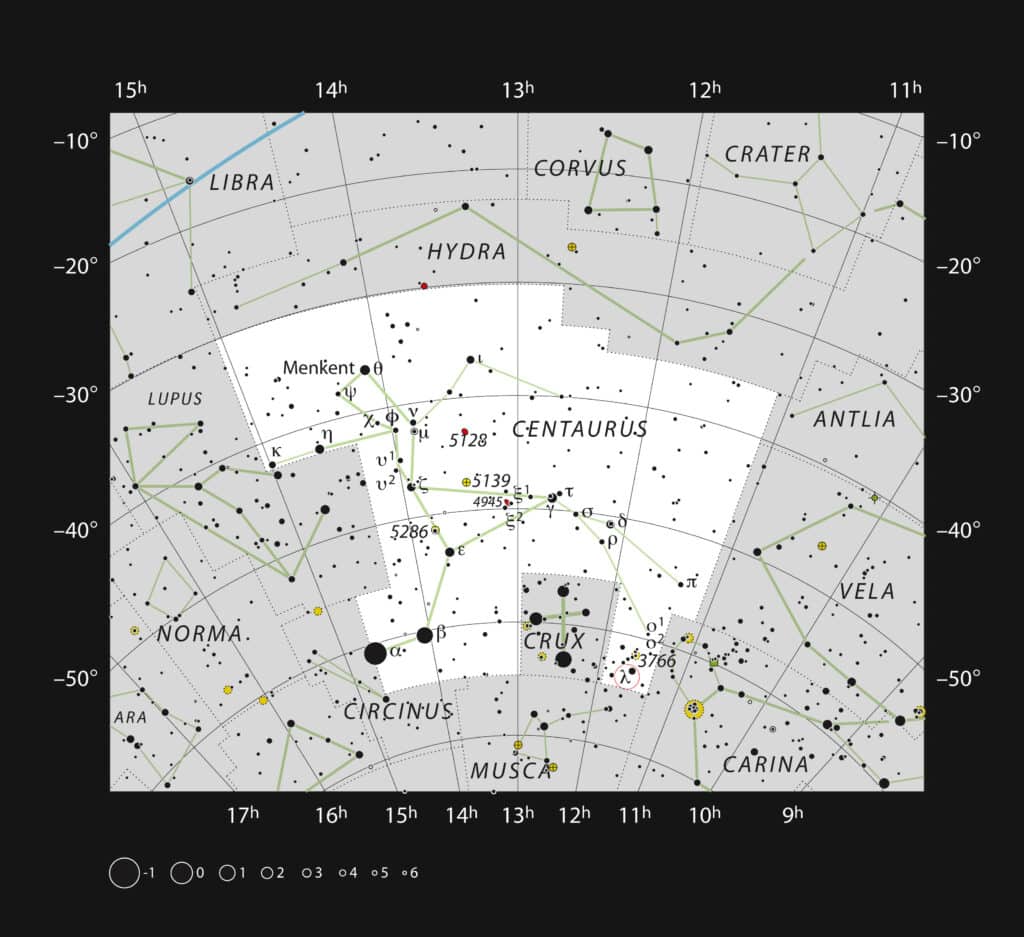Forget about your traditional holiday dinners; this year’s season brings a celestial feast for the eyes. The European Southern Observatory (ESO) is sharing a breathtaking image of the Running Chicken Nebula, a colossal stellar nursery where stars are born.
A nebula is essentially a giant cloud of gas and dust in space and can span light-years in size. They offer some of the most stunning visuals in space exploration, and the Running Chicken Nebula (yep, it’s actually called that) doesn’t disappoint in that department.
Running Chicken Nebula Unveiled
Located in the constellation of Centaurus, approximately 6,500 light-years away from Earth, the ESO shows us the Running Chicken Nebula in a jaw-dropping 1.5-billion-pixel image. Captured by the VLT Survey Telescope (VST) at ESO’s Paranal site in Chile, the image showcases this vast nursery in unprecedented detail.

The nebula is so named because some observers see the shape of a chicken in its structure. It’s a vast region, covering an area equivalent to about 25 full Moons in the sky!
The young stars in this nebula emit intense radiation, causing the surrounding hydrogen gas to glow in a mesmerizing pink hue. This radiation shapes the nebula, creating various structures within it.
Key Regions in the Nebula
Within the Running Chicken Nebula lie several notable regions:
- IC 2948: Often seen as the chicken’s head or rear, this is the brightest region of the nebula.
- IC 2944: Marked by a bright, pillar-like structure near the center, this region includes Lambda Centauri, a star visible to the naked eye.
- Bok globules: These are small, dark pockets of dense dust and gas, able to withstand the nebula’s intense ultraviolet radiation.
The image also features other regions like Gum 39, 40, and 41, and is sprinkled with countless stars that add to the nebula’s fireworks-like appearance.

This astonishing image is a mosaic composed of hundreds of frames. The process involved taking individual images through different color filters and combining them to produce the final result. This meticulous work was part of the VST Photometric Hα Survey (VPHAS+), aimed at understanding the life cycle of stars.
The Running Chicken Nebula, from edge to edge, measures about 270 light-years across. To put that in perspective, it would take an average chicken nearly 21 billion years to run across it – far longer than the age of our Universe!

As you zoom in and pan across this vast image, you’ll be treated to a visual feast of cosmic proportions, offering a spectacular glimpse into the life and environment of young stars. For astronomy fans, this is a perfect example of the wonders our universe holds, reminding us of the endless mysteries yet to be explored in the night sky.











